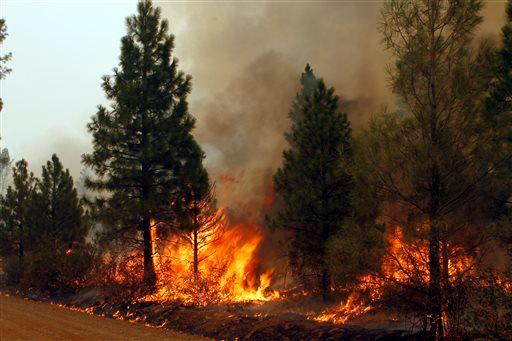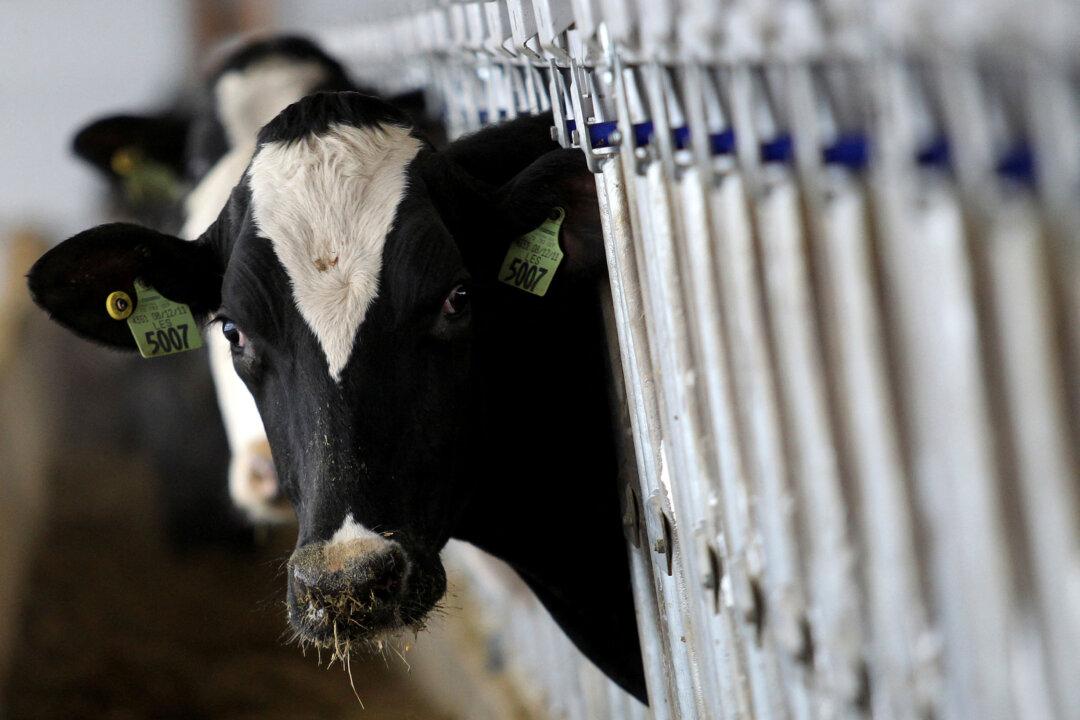The California drought has been getting worse and worse, and raging wildfires that started burning over the weekend have prompted Governor Jerry Brown to declare an emergency.
Over a dozen wildfires have burned thousands of acres, destroyed homes, and damaged critical infrastructure, the governor’s office said.
Brown’s declaration noted that a State of Emergency was declared because of the extreme drought back in January but the state has been heightened due to the 17 wildfires destroying land and structures, and deteriorating California’s air quality.
The declaration enables the state’s National Guard to support disaster and relief efforts, including coordinating local emergency responders and law enforcement. Brown noted that the circumstances and magnitude of the wildfires are beyond the control of any single local government and will require the combined forces of regions to combat.
Two fires are drawing much of the focus of firefighters--both started in the Lassen National Forest and have expanded into private property.
About 102 square miles had been scorched as of late Sunday night, up from 39 square miles a day earlier.
Burney was threatened by the more destructive of the two, prompting officials at Mayer Memorial Hospital to evacuate their 49-bed annex for patients with dementia and other conditions requiring skilled nursing. The patients were transferred to a hospital in Redding, about 55 miles away, the hospital reported on its website.
Authorities reported that eight homes had burned.
Evacuations also remained in effect for a community on the edge of the second fire, which was sparked by lightning Wednesday. About 40 homes were at risk, officials said.
State Department of Forestry and Fire Protection spokesman Dennis Mathisen said Sunday that the two fires were burning through timber and brush left parched by the state’s extended drought. He predicted that the coming week promises not to be any easier.
“Today we are looking at slightly cooler temperatures, but Northern California continues to be hot and dry and breezy in some areas, and in fact we are looking at a fire weather watch going into effect Monday morning for a large portion of Northern and northeast California and possible thunderstorms, which could mean more lightning,” he said.
The latest drought monitor map from the government shows that more than half the state is under “exceptional drought” with another 20 percent or so under “extreme drought.”
No part of the state is below the middle intensity of “severe drought.”


There are still no signs of the drought letting up, and Jay Lund of the UC Davis Center for Watershed Sciences told CBS that next year will probably be dry as well.
“This is the third year of dry years, but it’s the deepest of the three,” he said.
“If you’re in a very dry year this year, then the probability that next year will be very dry is almost 30 percent.”
Lund noted that about half of all urban water use is for outdoor use such as watering lawns.
Water rationing laws have been passed across the state. Santa Cruz may have the strictest of all, reported the San Jose Mercury News. It includes a ban on filling hot tubs, and a monthly ration of 10 units of water, for all uses. People who go above the limit must pay $50 per unit.
“It is a large deterrent,” said Toby Goddard, administrative services manager for the Santa Cruz Water Department. “But people are responding well,” he said. “They are getting by. It’s not like there’s been a dramatic quality-of-life drop. People understand we’re in a drought and things have been very dry.”
The mandatory rationing comes with the threat of hefty fines and “Water School” for people who fail to obey. And the model could be replicated in dozens of other cities.
“Statewide we are facing a truly emergency condition,” said Tim Quinn, executive director of the Association of California Water Agencies. “We need the urban areas to start acting like that. Santa Cruz is the canary in California’s coal mine.”





